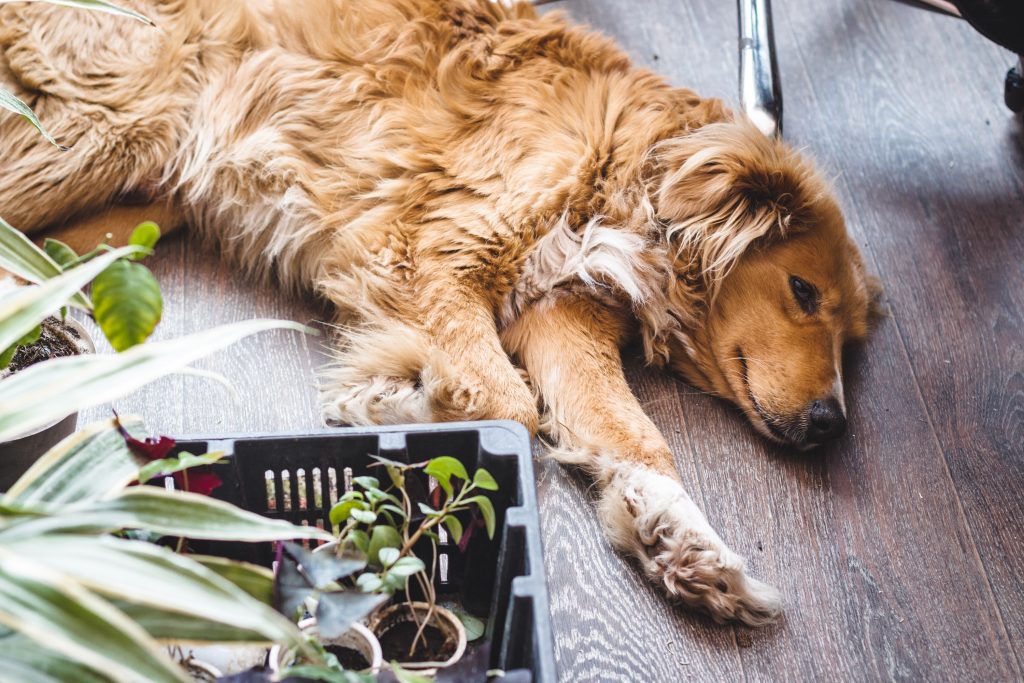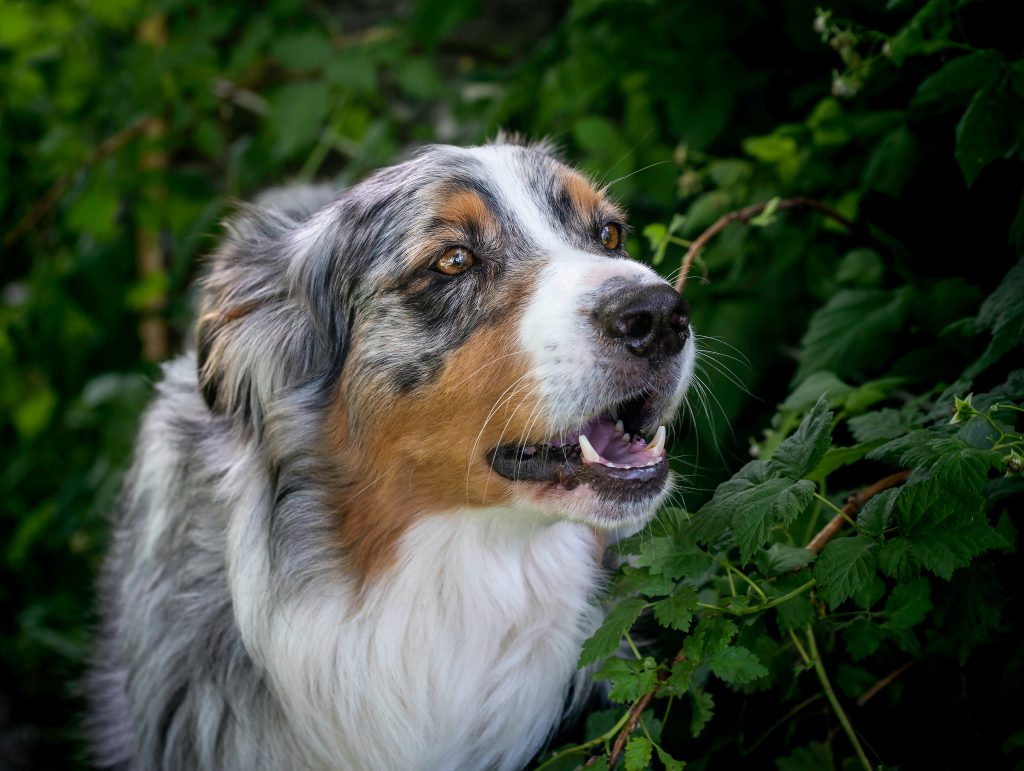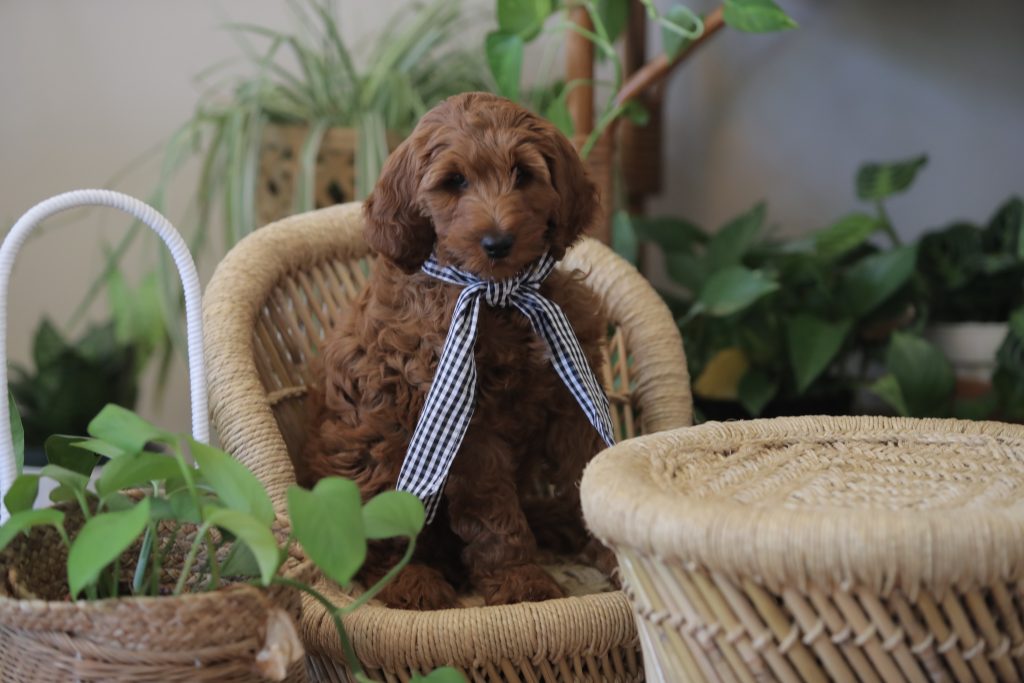A guide to creating a pet-safe environment for dogs, including a list of non-toxic plants, their benefits, and precautions to take when introducing new plants.

Non-Toxic Plants for Dogs
In addition to the specific non-toxic plants mentioned earlier, there are many other options that can benefit both your dogs and your home environment. For example, the Spider Plant is another safe and non-toxic option for pet owners to consider. Not only is it safe for dogs, but it also acts as an efficient air purifier, helping to enhance the indoor air quality. This dual benefit ensures that your furry friend can roam around the house without the risk of exposure to harmful toxins, while also enjoying cleaner air.
Moreover, pet-safe plants like the Parlor Palm are not only non-toxic but also require indirect light, making them suitable for indoor environments with limited sunlight. This is particularly advantageous for pet owners who want to create a green space within their homes that is safe for their dogs but may not have an abundance of natural light available. Understanding these different non-toxic plant options empowers pet owners to make informed decisions when selecting greenery for their living spaces, ultimately contributing to a safer and more enriching environment for their canine companions.

Benefits of Incorporating Pet-Safe Plants
Incorporating pet-safe plants in your home or garden offers numerous benefits for both you and your furry companions. Not only do these plants enhance indoor air quality, but they also provide mental stimulation for dogs. Specific plants like the Rattlesnake Plant, Spider Plant, and Parlor Palm not only add to the aesthetic appeal of your space but also possess air purifying properties, contributing to a healthier and fresher environment for both pets and owners. By having dog-friendly plants in your home, you create a harmonious and safe living environment for all inhabitants.
Furthermore, having pet-safe plants can also reduce stress and anxiety in dogs. Studies have shown that being around plants and nature can have a calming effect on animals, helping to alleviate behavioral issues and promoting overall well-being. For instance, the Boston Fern, a non-toxic plant for dogs, not only adds a touch of greenery to your home but also creates a serene and soothing atmosphere that can positively impact your pet’s mood and behavior.
Moreover, incorporating non-toxic plants in your dog’s environment encourages a sense of curiosity and exploration. Dogs are naturally inquisitive animals, and by introducing safe plants, you provide them with the opportunity to engage with their surroundings in a secure and healthy manner. For example, the Christmas Cactus, a non-toxic plant for dogs, can be a fascinating addition to your home, allowing your pet to observe and interact with the plant without posing any harm. This stimulation contributes to their mental and emotional well-being, keeping them active and content.

Creating a Pet-Safe Environment for Dogs
When creating a pet-safe environment for dogs, it’s essential to consider the placement of houseplants. Placing all houseplants out of reach of pets is crucial to prevent accidental ingestion of potentially harmful plants. This simple precaution can help avoid any health risks for dogs and provide peace of mind for pet owners.
In addition to this, when designing dog-friendly gardens, it’s important to incorporate non-toxic outdoor plants. These plants not only add beauty to the outdoor space but also ensure that the environment is safe for dogs to roam and explore. For example, non-toxic outdoor plants such as marigolds, roses, and sunflowers can be excellent additions to a dog-friendly garden, offering a safe and enjoyable outdoor space for pets. By maintaining a safe environment both indoors and outdoors, pet owners can provide their dogs with a secure and enriching living space, promoting their overall well-being and happiness.

Precautions When Introducing New Plants
When adding new plants to your home, it’s crucial to take precautions to ensure the safety of your pets, especially dogs. One of the key measures to consider is observing any signs of adverse reactions if a pet nibbles on a plant. For example, symptoms such as vomiting, diarrhea, or lethargy could indicate that the plant is toxic to your pet. By being mindful of your pet’s behavior around new plants, you can promptly address any issues and seek appropriate veterinary care if necessary.
In addition to being watchful, it’s highly advisable to reach out to a veterinarian if there are any concerns about potential plant toxicity. Veterinarians can provide tailored advice based on the specific plant species and your pet’s health, offering guidance on the best course of action to take. Their expertise can be invaluable in ensuring the well-being of your furry companion. Moreover, the ASPCA’s comprehensive list of toxic plants for dogs is an excellent resource for pet owners, aiding in the identification of potential hazards and supporting informed decision-making when selecting new greenery for your home. By taking these precautions, you can create a safe and pet-friendly environment while enjoying the beauty of plants in your living space.
